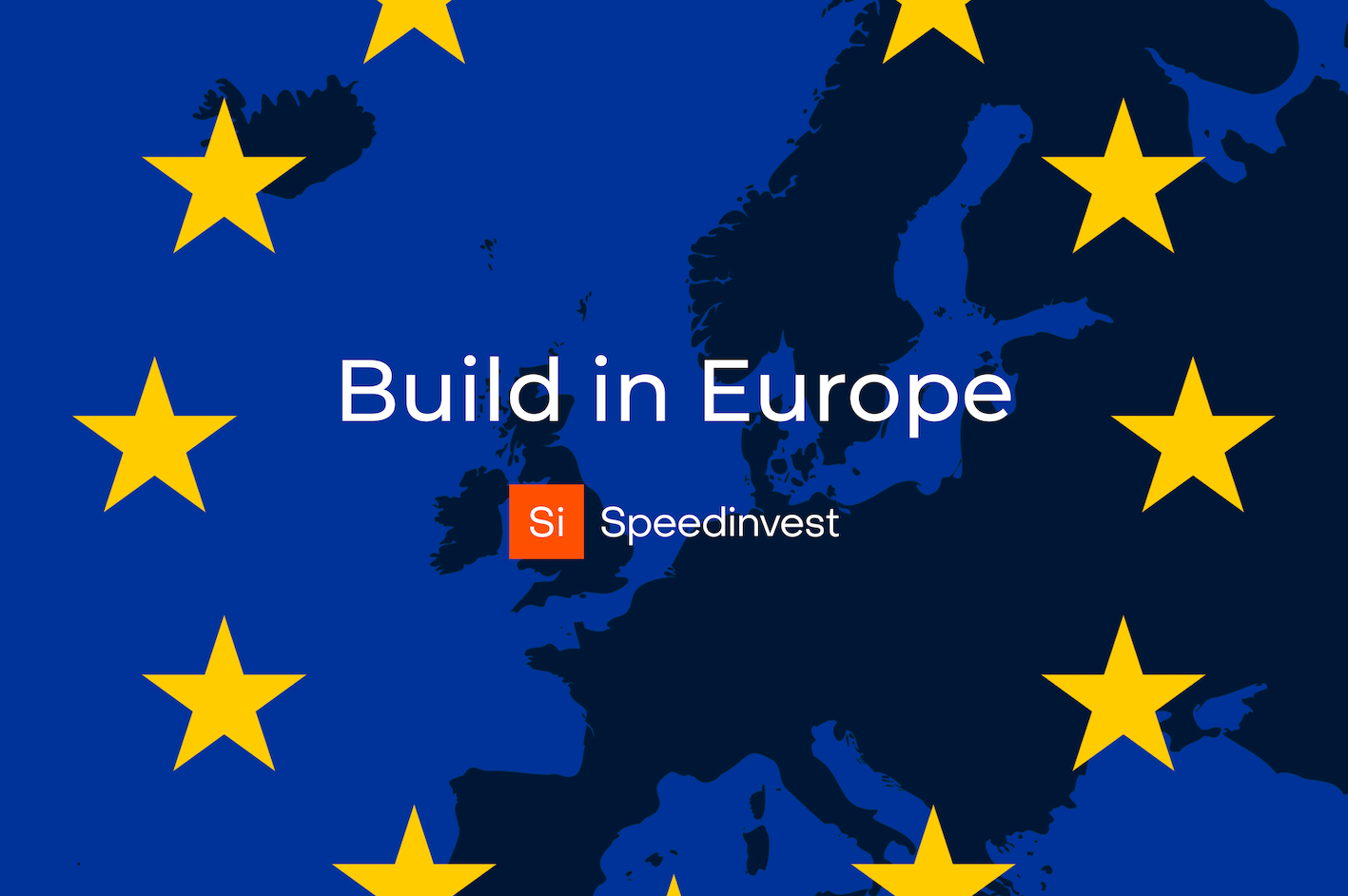Your Pitch Deck is Your Tinder Profile
There are hundreds of pitch deck templates available on the internet. We’ve all seen them and, more often than not, we reference them in conversation. But the reality is that there is no perfect, one-size-fits-all approach. There are, however, some things that are often overlooked when creating a deck.
Remember, your pitch deck is the first picture an investor will get of you, your team and your company. And first impressions matter.
The best way to demonstrate this is to compare your pitch deck to your Tinder profile.
Raising investment is a dating game
When you create your Tinder Profile, you want to do two things:
- Look really, really ridiculously good looking
- Get that first date
You don’t want to tell your life story with all the good and bad bits about you. The goal is to impress, not scare people away.
Your pitch deck should do the same thing. Only worry about marriage later on when you know you’re a good match. The steps it takes to receive investment can be compared to those in the dating game:
- Get that first date ➞ Send out your pitch deck
- Start dating ➞ Have meetings with the investors
- Getting engaged ➞ Due diligence process
- Get married ➞ Receive a term sheet
You rarely meet someone and want to get married before the first date. Look at raising investment in the same way and focus on moving from stage to stage.
“You need to have a balance between creating something that is aesthetically pleasing and delivering the right information at the right time,” says David Katic from Speedinvest Pirates, who has supported many companies with creating their perfect pitch decks, “Each slide should focus on delivering no more than two key points of information.”
Don’t obsess over everything
We’ve all been there. We get really enthusiastic about something and tell a group of friends only to realize that nobody is impressed… or maybe don’t really care at all. The same can happen when pitching your company.
While it’s easy to get wrapped up in showing your company's worth with all the nitty, gritty details and amazing wins, you should focus only on what matters and what will get you to that first step - a call with the investor.
Investors see hundreds of pitch decks a week and every single one of them has a unique and exciting story with lots of details to share. So how do you get an investor to swipe right?
“Traction. If a company is able to demonstrate fast growth in terms of revenue, customers and engagement, they immediately get my attention,” says Toyosi Ogedengbe, Senior Associate on our Marketplaces & Consumer team, “After that, it’s all about the product. If it has seamless onboarding with a clean UI/UX and intuitive workflows, I want to dig further into the company.”
The way you share that info also matters. Pay attention to how you tell the story. Our imaginations are a powerful tool, so only share the details that build an emotional bond and spark excitement about your company.
Make them want you. Make them need you.
Remember how powerful the imagination can be? Great. Use it.
In movie trailers, editors condense all the great parts of the film into a 60-second clip to capture your attention and make you want more.
Your pitch deck does the same thing. Keep your pitch deck as short as possible while still giving the juicy details. Investors spend only 3 minutes and 44 seconds on average reading a pitch deck.
“The perfect pitch deck is probably 10-15 slides. Anything shorter and you most likely didn't cover something important. Anything longer and you start to lose people's attention,” adds Charlie Boles, Senior Associate on our Fintech team, “so you need to make it count. Include high-quality design, good graphics, and get to the point”
In other words, save the whole story for when you’re in the meetings stage.
Telling your story
Storytelling is an art form, one that requires practice but when done correctly can clearly, eloquently and effectively convey emotion, promise and success. So when you’ve got that first date with an investor, it’s time for you to show up and impress.
You shouldn’t take the approach of just spitting out a list of facts or data about your company. While there may be interesting points that are worthy of an investment in their own right, it doesn’t show personality. You also need to be interesting.
Storytelling creates attraction and inspires action. So this is your moment to channel your inner Denzel and deliver a pitch that makes the investor want to know more and invest in you and your company. Imagine you’re on a first date with a potential suitor - you want to walk away having impressed, and also having kept the door open for a follow-up date (unless you know it’s not a good fit at all!).
To structure your approach with the investor, consider the basics of storytelling - have a beginning, a middle and an end.
- Act 1: The Setup ➞ Introduce yourself, your company and why you’re here
- Act 2: The Problem ➞ What is the problem with the current situation?
- Act 3: The Solution ➞ How will you solve the problem, and what have you done so far?
Like your pitch deck, you’re not here to give every fact and story about your company, only the details needed to get the next date; showing initiative and understanding will support this. You’re not looking to get married on your first date.
“Good storytelling is about counteracting the curse of knowledge. It’s about condensing the millions of things you know about your company and your industry into something simple and insightful,” adds Frederik Hagenauer, Principal on our SaaS & Infra team.
Don’t be desperate.
Create reasons to follow up with investors after your initial call, but don’t be desperate.
You wouldn’t bombard your date with WhatsApp messages straight after your first dinner together. Don’t do the same with investors.
Send a polite message after the initial call with any material and extra details they have requested. You know the three-day rule, right? Just wait it out.
"Never put (time) pressure on the potential investor. It will have the opposite effect to what's intended,” says Tom F. Lesche, Partner on our Fintech team, ”The perception of scarcity and FOMO is much more effective in getting a VCs attention and speeding up their decision making!"
So, when you’re creating your pitch deck and start reaching out to investors, remind yourself, this is like a dating game. Play it cool.
Learn more about the Speedinvest Platform+ team and sign up for our newsletters to get our exclusive content delivered straight to your inbox.













.svg)
